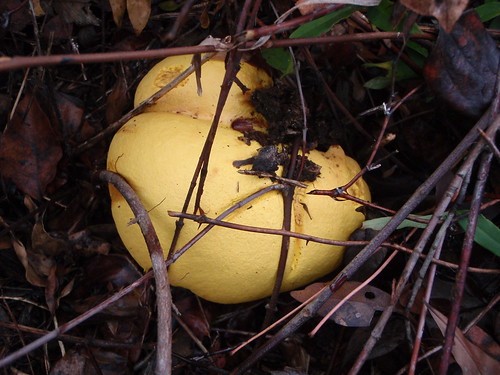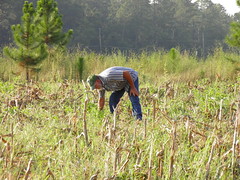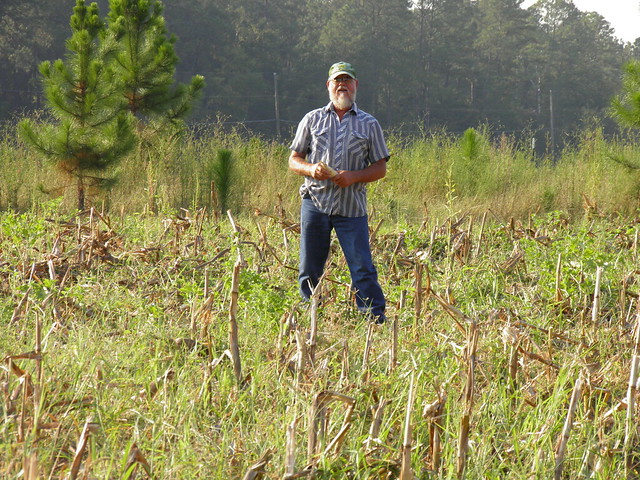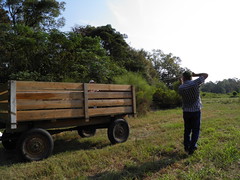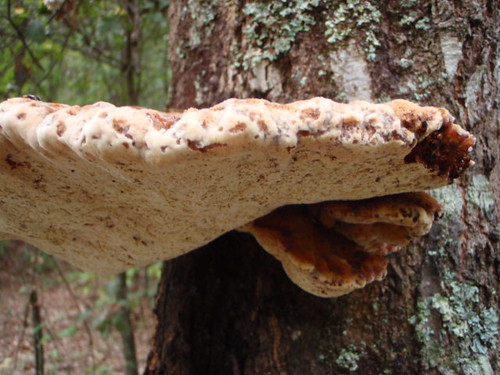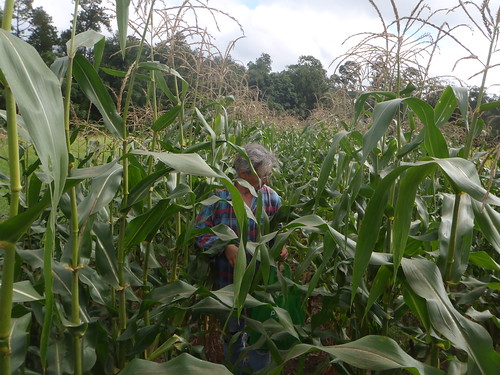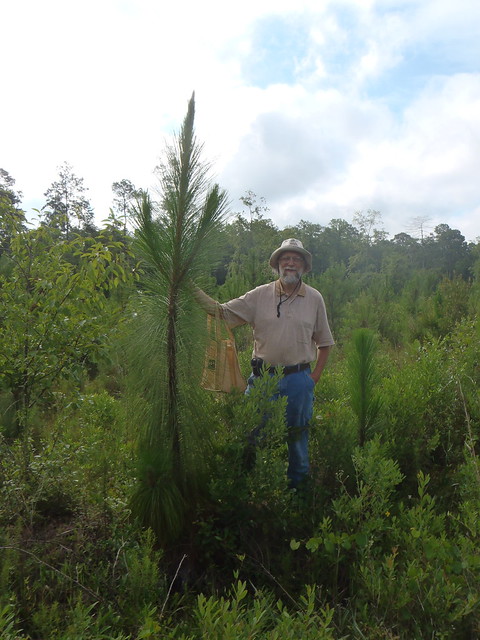Anyway, comparing the common name beautyberry to the scientific name Callicarpa americana, it seems that the “common” name is much newer, at least in books.
Beautyberry is a piney woods bush that fruits as small violet berries that make tasty jars of jelly:


-jsq

